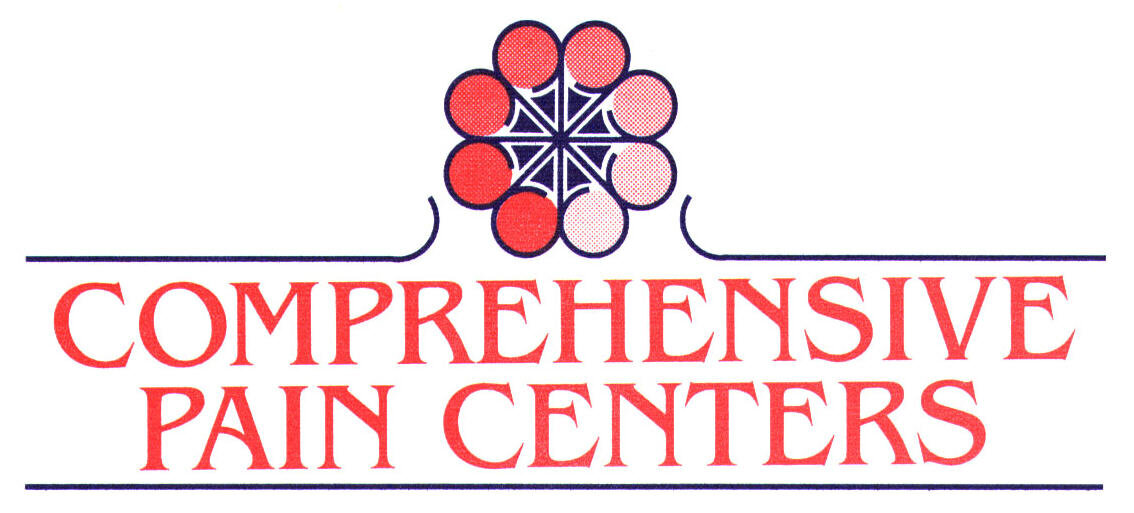CHRONIC PAIN: NUTRITION AND ALTERNATIVES
What is chronic pain?
Chronic pain is defined as pain lasting more than 3 months.
Chronic pain is different as it lingers on after the initial injury has healed.
The pain can be from a surgery, an injury, secondary arthritis or it could be due to a nerve condition, such as constant nerve messages to the brain after amputation of a foot, leg, arm or hand.
One hundred million American suffer from chronic pain.
It is one of the leading reasons to visit a doctor and for taking medication.
What does “healing” mean when referring to chronic pain?
With chronic pain, “healing” can happen even if the doctors cannot cure or fix your condition. Healing is the process of becoming as healthy and as well as possible physically, mentally, emotionally and spiritually.
Can foods help with chronic pain management?
Chronic inflammation in the body can cause severe chronic pain. Certain foods have been shown to reduce inflammation:
whole grains
beans and seeds
implanted foods that have a pod, such as peas.
tomatoes
olive oil
green leafy vegetables, such as spinach, kale, and collards
nuts like almonds and walnuts
fatty fish like salmon, mackerel, tuna, and sardines
fruits such as strawberries, blueberries, cherries, and oranges
Eating these foods, when possible, can potentially help to manage chronic pain and swelling.
Foods to avoid, that have been shown to cause inflammation, are:
refined carbohydrates, such as white bread and pastries
french fries and other fried foods
soda and other sugar-sweetened beverages
red meat (burgers, steaks) and processed meat (hot dogs, sausage)
margarine, shortening, and lard
Consume these foods in moderation or avoid, when possible, to reduce a possible inflammation response by the body.
Ref. https://www.health.harvard.edu/staying-healthy/foods-that-fight-inflammation
